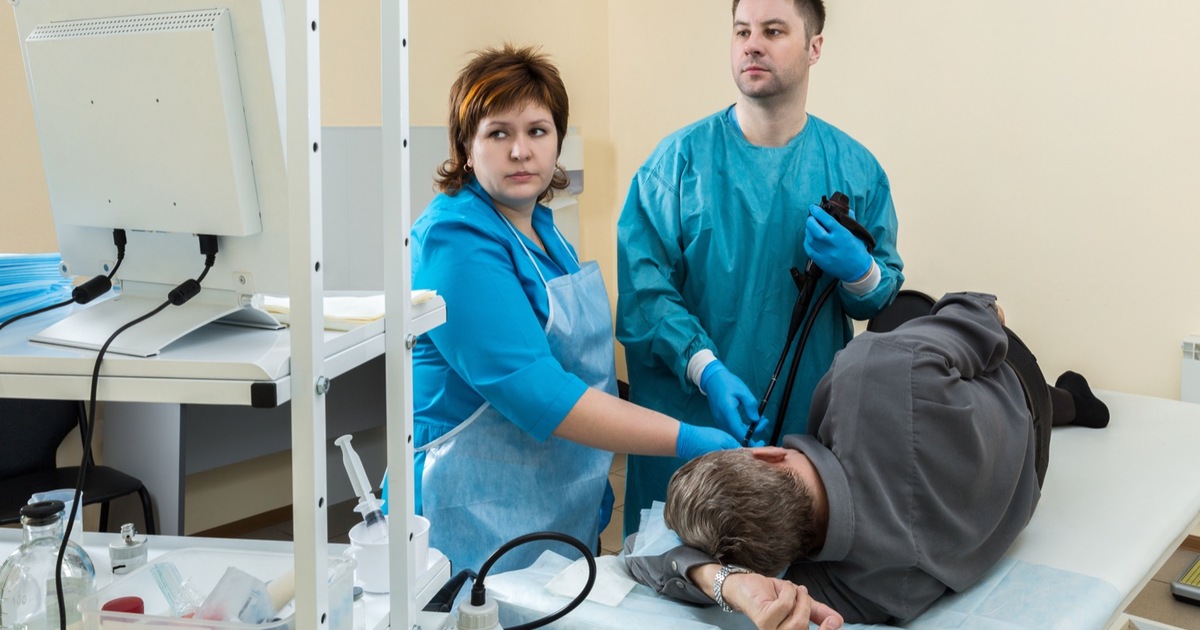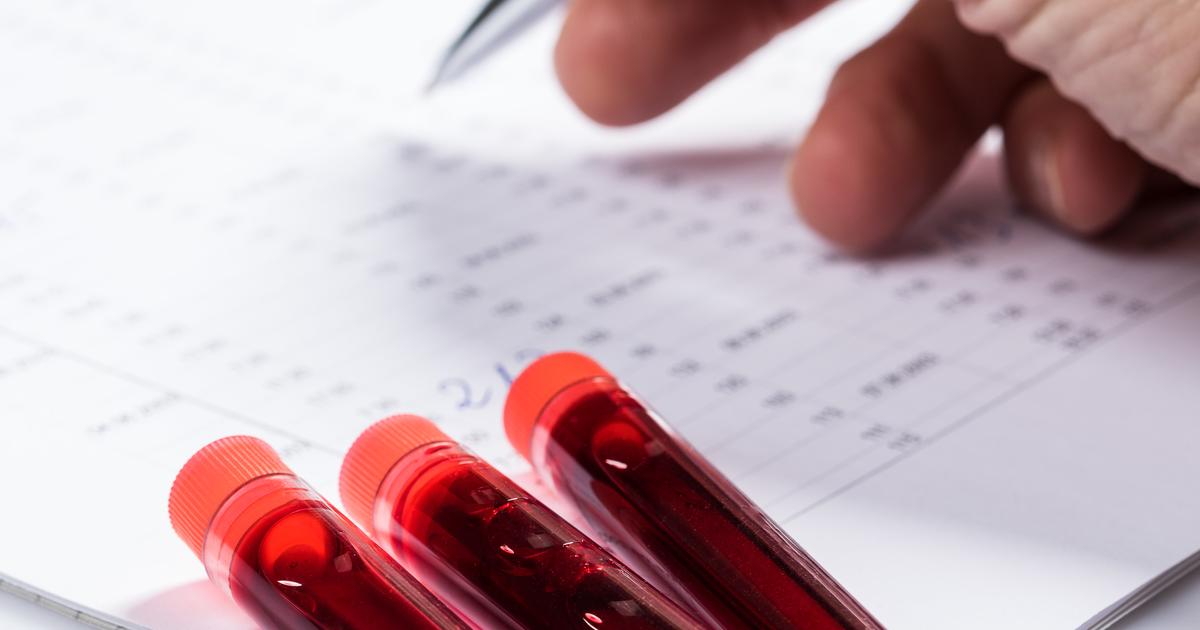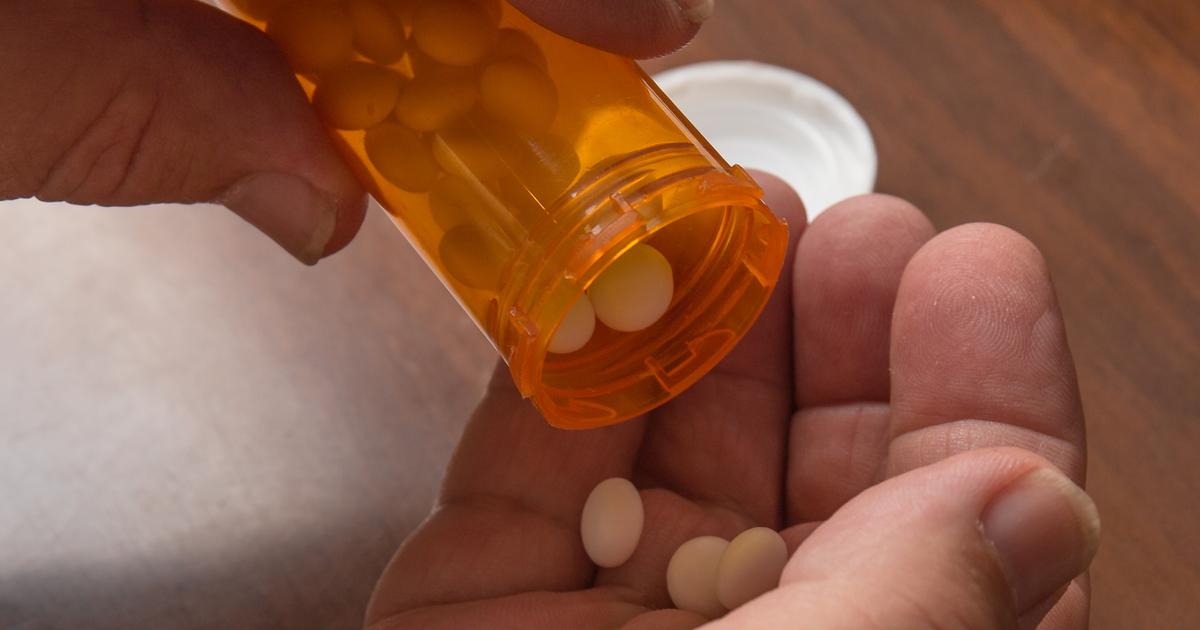Guide To Diagnosing And Treating Gallstones
A gallstone is a lump or stone that forms in the gallbladder or bile duct when specific types of substances calcify or harden. The gallbladder is a small organ that is located on the right side of an individual's abdomen and is positioned just underneath their liver. Gallstones are caused by an imbalance of the chemicals in an individual's gallbladder that include calcium carbonate, cholesterol, and calcium bilirubinate. The reason why these chemicals become imbalanced in some individuals and not in others is not clear. Pigment gallstones and cholesterol gallstones are the two types of stones that cause symptoms in affected individuals. Symptoms of gallstones include pain in the right ribs, pain between the shoulder blades, pain in the right shoulder, nausea, vomiting, restlessness, and sweating.
Several methods may be used to diagnose and treat gallstones. Get familiar with them now.
Endoscopic Ultrasound

An individual who is suspected to be affected by gallstones may need to have a diagnostic imaging procedure referred to as endoscopic ultrasound. This is a minimally invasive procedure performed on an outpatient basis that shows a physician the shape and size of structures within an individual's body. This procedure is typically well tolerated by most patients. During an endoscopic ultrasound, a patient's physician passes a flexible tube into the digestive tract, and a small device or transducer on the end of the tube is used to create an ultrasound of the surrounding tissues. Ultrasound technology is the use of sound waves that bounce off interior structures and are recaptured to form an image of the tissues. Endoscopic ultrasound can only be performed when the stomach is empty. Most patients are lightly sedated with medication at the very least for an endoscopic ultrasound. Because the transducer in this procedure comes closest in proximity to the gallbladder, it can provide the most detailed and accurate representation of the gallstones, their position, and their size.
Keep reading to learn more about how to diagnose and treat gallstones now.
Abdominal Ultrasound

An individual who is suspected to be affected by gallstones may need to undergo a diagnostic procedure referred to as an abdominal ultrasound to confirm or eliminate possible causes of their symptoms. An abdominal ultrasound is a procedure that uses a special wand or transducer on the skin of the abdomen to send sound waves through the tissues that deflect back and form an image on a monitor. Although abdominal ultrasound is most often associated with pregnancy and monitoring of pregnancy, it can also be used to diagnose other conditions like gallstones. An abdominal ultrasound does not require the use of medication for sedation, is painless, and does not use any form of radiation. An abdominal ultrasound can be used to distinguish gallbladder cancer, gallbladder polyps, porcelain gallbladder, gallbladder perforation, and cholecystitis from stones in the gallbladder. Because an abdominal ultrasound does not require the same preparation, sedation, and expertise as endoscopic ultrasound, it is used more often in patients who have symptoms of an unclear condition that may or may not involve their gallbladder.
Discover additional ways to diagnose and treat gallstones now.
Blood Tests

The most common blood test performed to check for a problem with the gallbladder is called a complete blood count. A complete blood count tells a physician if the patient has high levels of white blood cells that would indicate the presence of an infection in the body. Blood testing on a patient's liver function can help determine if the bile ducts are being obstructed by gallstones, which can stop the enzymes from reaching the digestive tract. Liver enzymes like amylase and lipase may become elevated if the liver becomes injured from the inflammatory process that takes place in some patients with gallstones. When the levels of a compound called bilirubin in the blood are greater than three milligrams per deciliter, there is a sixty percent chance the individual is affected by a common bile duct stone that is causing an obstruction.
Get detailed information on precisely how to treat gallstones effectively now.
Gallbladder Removal Surgery

An individual with gallstones causing certain symptoms may need to have gallbladder removal surgery to treat their condition. When the gallbladder has become swollen and inflamed, bile ducts have been blocked, or gallstones migrate from the bile ducts into the patient's intestines, surgical removal of the gallbladder is considered. The medical term used to describe gallbladder removal surgery is cholecystectomy, which can be performed with a minimally invasive procedure. During a minimally invasive cholecystectomy, one or more small incisions are made in the abdomen, and a specialized scope and surgical instruments are used to access and remove the gallbladder. Some individuals are not eligible to undergo this type of minimally invasive procedure because of the way the stones are positioned in their abdomen. These individuals require traditional open surgery methods to remove their gallbladder and treat their gallstones. The main reason behind removing the entire gallbladder instead of just the stones is that the stones are very likely to reoccur in patients treated with this method.
Learn more about treating gallstones now.
Medication To Dissolve Gallstones

An individual who is not able to undergo a surgical procedure to remove their gallbladder or who elects not to have surgery may choose to try medication to dissolve their gallstones. Medication treatment with certain acids like chenodiol and ursodiol is reserved for individuals who have gallstones that are both made of cholesterol and small in size. It can take an average of two years for these medications to be effective at dissolving gallstones. These medications are also used long-term in patients who have already had a surgical procedure on their gallbladder to remove the gallstones to stop the stones from forming again. Gallstones can also be dissolved in some patients who are unable to undergo surgery with the use of certain substances injected into the gallbladder. The injection contains a solvent referred to as methyl-butyl ether or MTBE, which dissolves the gallstones within a time frame of between five and twelve hours following the injection.